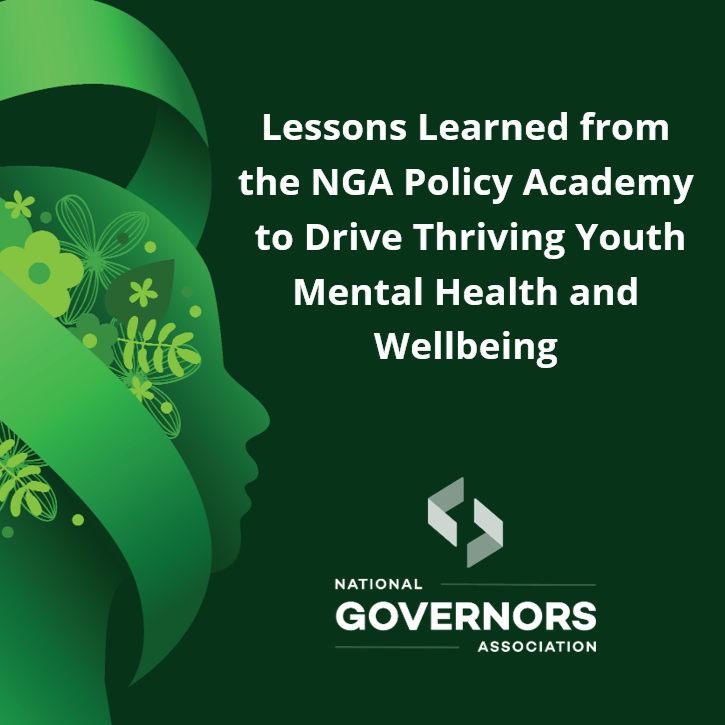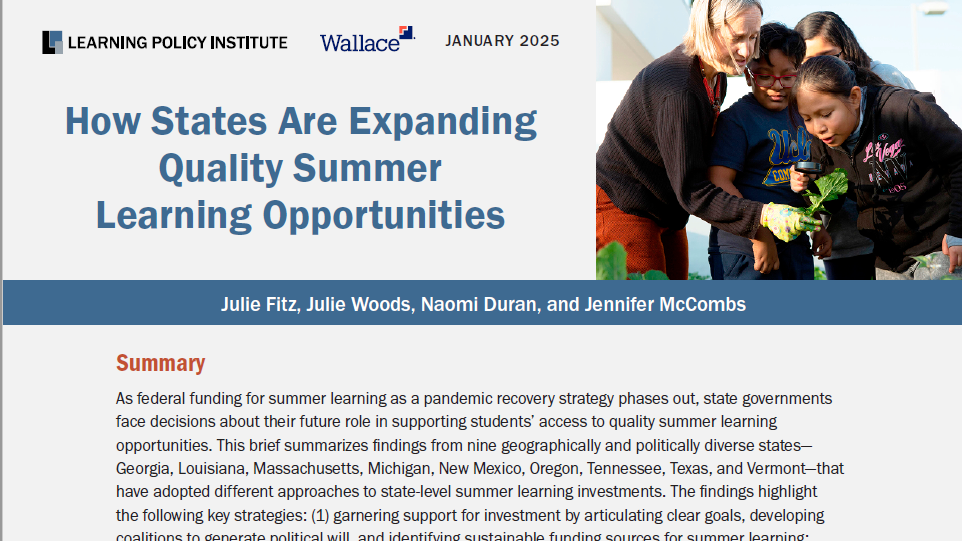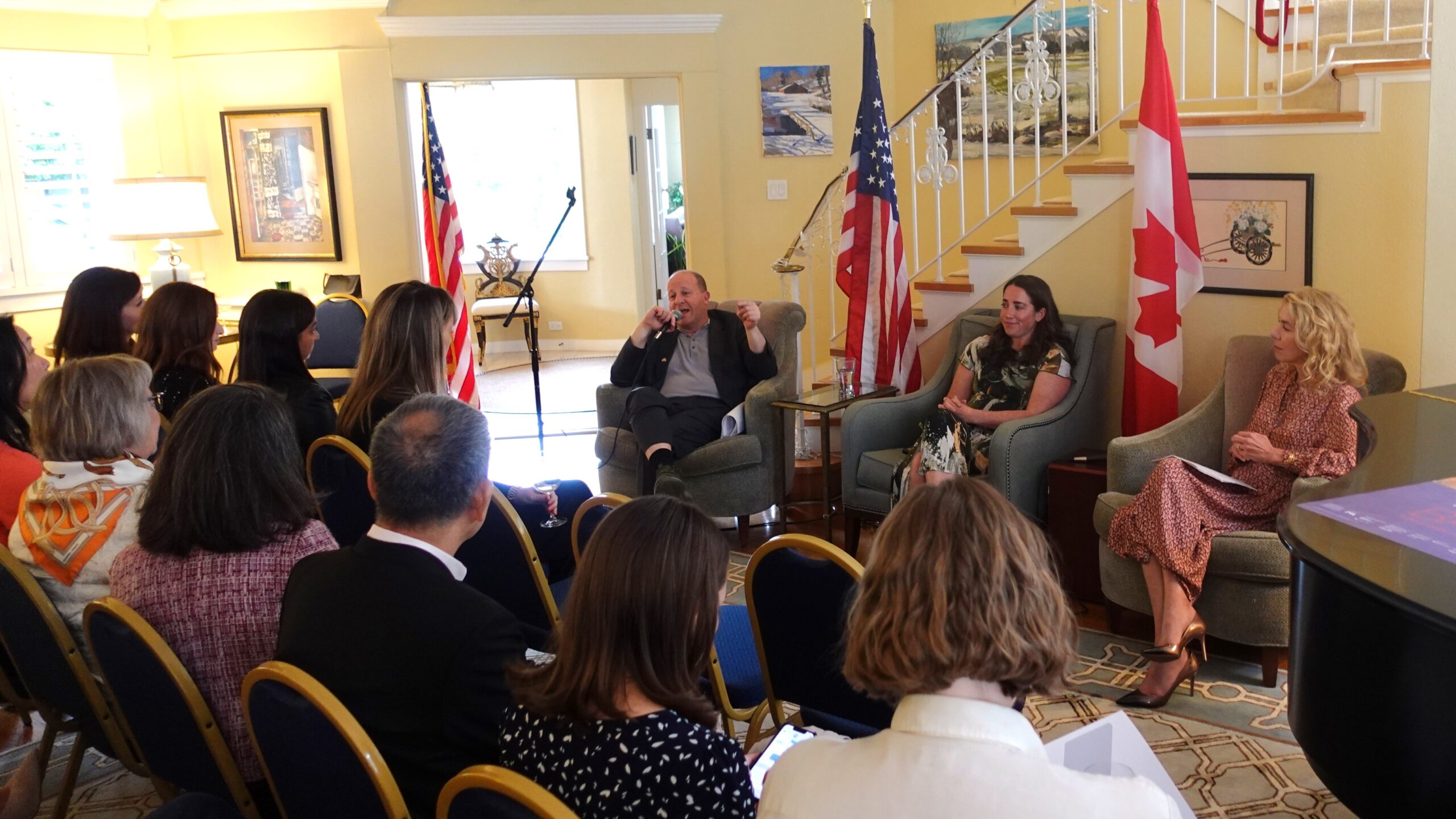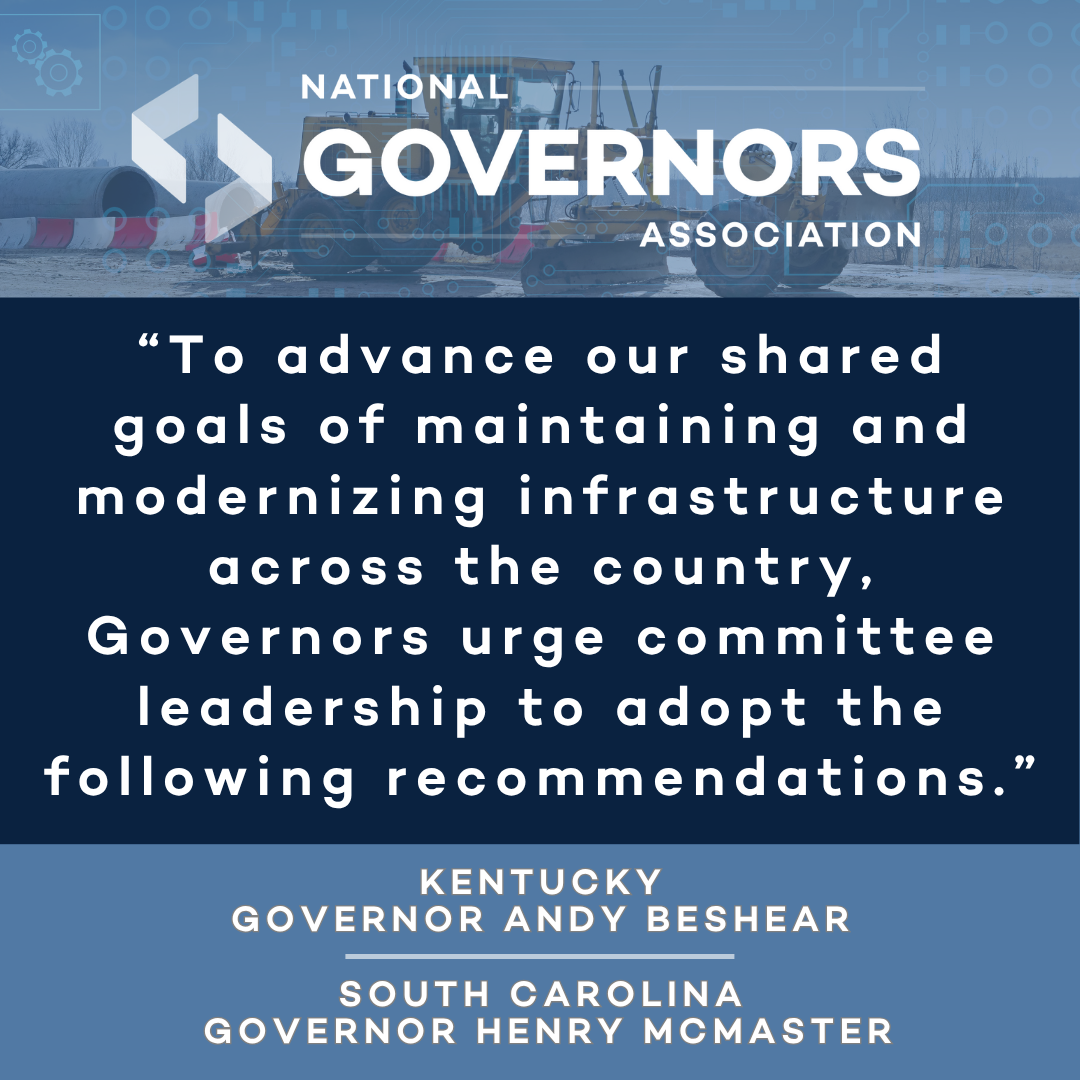Last week, NGA and the Harvard Project on Workforce hosted a virtual congressional briefing to present results from the recently released report, Governors Reshaping Workforce Development: Turning WIOA Challenges into Workforce Solutions which highlights key findings and explores how Governors are driving innovative workforce strategies through WIOA. State leaders from Arizona and Tennessee joined the briefing to talk about their states’ workforce development efforts.
NGA’s Tim Carlton and Jack Porter opened the briefing with an introduction of the report and ran through NGA’s efforts on WIOA and other workforce development issues, before turning the mic over to Ariel Higuchi, Senior Researcher at Harvard’s Project on Workforce—NGA’s partner on the project.
Higuchi outlined the scope and methodology of the report noting that it was a comprehensive national study on how governors’ policy advisors approach workforce development which included interviews and surveys with advisors from 34 states, offering both qualitative and quantitative insights. Key findings from the study, identified by Higuchi, included:
- Over 50% of states say organizational structure significantly impacts workforce development.
- Major trends identified:
- Elevating workforce policy roles into the governor’s office.
- Merging relevant departments (e.g., education and workforce).
- Realigning or separating roles within workforce offices to better match job functions.
- WIOA plans are often lengthy and inaccessible.
- States are working to align WIOA with other planning processes and create more participatory and targeted outreach efforts.
- Nearly 75% of states emphasize serving both businesses and job seekers (“dual customer” focus).
- Federal requirements often prevent states from using the Governor’s Reserve Fund for innovation.
- States are focused on low labor force participation, not just unemployment.
- Programs to address barriers to employment are a large value add to workforce development—over 60% of advisors discussed child care as a critical support.
Deniece Thomas, Commissioner of the Tennessee Department of Labor and Workforce Development under Governor Bill Lee, then provided remarks to move the discussion from the big-picture to how Tennessee is using WIOA within its workforce development programs. Thomas emphasized Governor Lee’s commitment to innovative and inclusive workforce development and, while acknowledging the value of WIOA, highlighted its limitations in a fast-changing labor market—particularly its constraints in supporting populations with employment barriers. With labor force participation being a major concern in Tennessee despite low unemployment, the state has turned to creative solutions such as partnering with the business community and leveraging private investment. Tennessee has used the Governor’s Reserve Funds to pilot customized training programs, including partnerships with global companies like Ford. These programs have served a broad range of individuals, from K–12 and adult learners to those displaced by economic shifts. However, sustaining these efforts is challenging due to WIOA’s episodic funding structure.
To address governance fragmentation, Tennessee launched “Tennessee Works” (TN Works), a centralized workforce development hub combining efforts across multiple state agencies such as Human Services, Corrections, and Economic Development. This model also brings in philanthropic and private sector dollars, allowing more strategic use of resources. A significant focus has been placed on youth employment, with Governor Lee setting a goal to double participation in 2025. The state is integrating summer and after-school jobs with career exploration, work-based learning, and pre-apprenticeships. Thomas concluded by saying that Tennessee is working to move beyond WIOA’s limitations by aligning state resources and leadership to create a more coordinated, responsive, and inclusive workforce system.
Carlos Contreras, Director of the Office of Economic Opportunity for Arizona governor Katie Hobbs, then gave the view from Arizona. Contreras told attendees that the state’s efforts are focused on capitalizing on unprecedented economic opportunities, such as the $160 billion investment from TSMC and other advanced manufacturing firms. Governor Hobbs has prioritized using this moment to expand workforce training. Arizona has implemented sector strategies—including a major push to double construction apprenticeships by 2026, supported by ARPA and other federal funds for wraparound services like transportation and childcare. Similarly, the state is advancing advanced manufacturing training through a coalition of community colleges and workforce boards, focusing on standardized technician training across sectors like semiconductors, aerospace, and EVs. The state is also expanding access to rural communities and planning to replicate this strategy for the healthcare sector.
Additionally, Arizona is working to improve data and evaluation of its Title I WIOA programs, using wage outcomes and completion rates to prioritize high-performing training programs and guide participant placement. With NGA support, they are reviewing Eligible Training Provider List policies and seeking better data access from the U.S. Department of Labor to improve responsiveness to labor market changes. Governance has also been strengthened with Governor Hobbs establishing a Workforce Cabinet to improve agency coordination and expanding the state workforce council to include more business, labor, and rural representation. The state aims to move from aspirational WIOA planning to execution-focused strategies with measurable goals. Emphasizing the importance of wraparound services and upskilling, the speaker underscored that labor force participation isn’t just about employment—it’s about helping people climb the economic ladder.
Following Contreras, during a free-flowing Q&A, Tennessee highlighted its integration of TANF into workforce planning, using TANF-funded pilots to explore new pathways for economically detached individuals and improve wraparound supports. Human services teams have even gone door-to-door to identify and serve these individuals, referring them to workforce programs tailored to help them enter or re-enter the labor force incrementally. Tennessee also discussed its response to Hurricane Helene, emphasizing the innovative use of a federal waiver—previously only granted to Puerto Rico—to provide capitalization grants directly to small businesses in rural areas, alongside traditional dislocated worker grants. This dual approach helped both individuals and businesses recover more effectively and illustrated how tailored flexibility can significantly improve outcomes in underserved communities.
The conversation turned to broader funding challenges facing workforce systems. Both Tennessee and Arizona emphasized that while major economic investments are flowing into states, the public workforce system lacks sustained funding and legislative integration in major federal packages like the CHIPS Act or the Inflation Reduction Act. Leaders called for more equitable funding formulas, especially to support rural areas, and noted that inconsistent or narrowly scoped funding undermines the system’s long-term effectiveness. Arizona, in particular, stressed the need for flexible infrastructure and regulatory adjustments to make rural training viable. Participants concluded by urging Congress to reauthorize WIOA, invest in workforce infrastructure, and ensure that evaluation efforts are timely and actionable, so workforce programs can evolve alongside changing economic needs.












